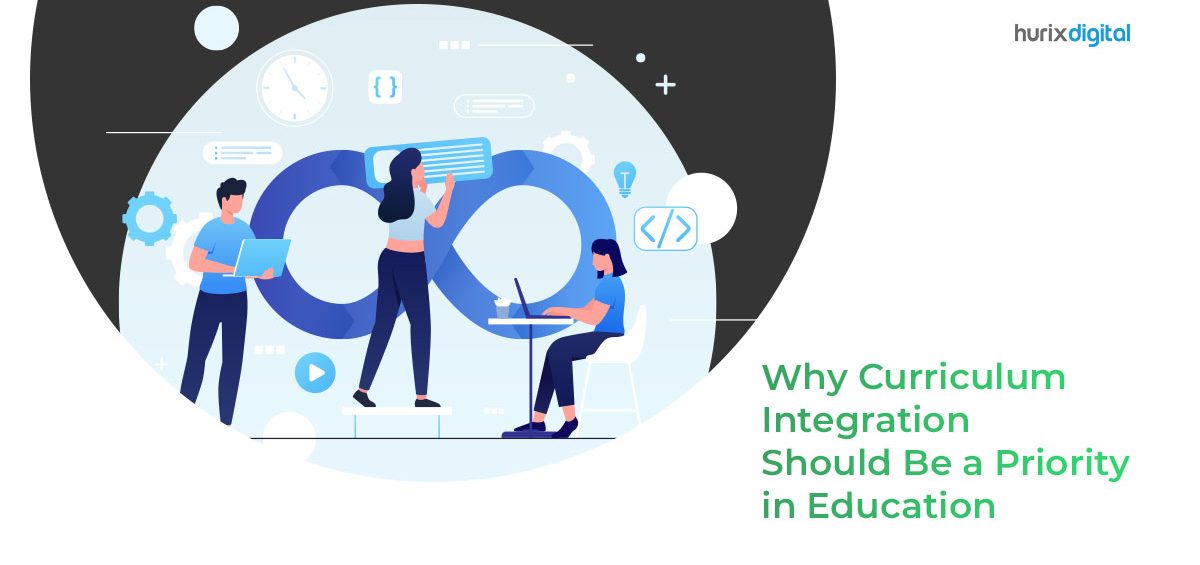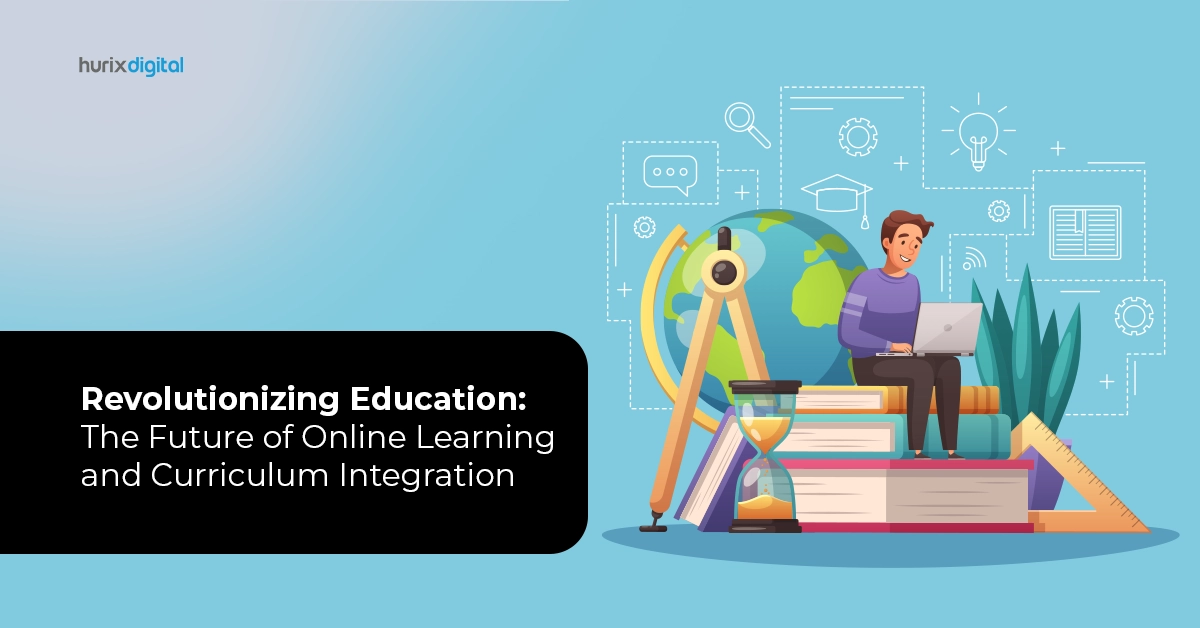Have you heard about academic disciplines like neuroscience, digital humanities, bioethics, etc? These disciplines can be described as interdisciplinary or multidisciplinary disciplines as they combine two or more disciplines to create a new field of study.
Environmental studies, for instance, combines science, policy, and social science to address environmental issues. To provide more holistic education to students, this method of combing different subjects to create a new discipline can be undertaken to create a new curriculum.
This process refers to curriculum integration, a relatively new and unique learning technique. Educators and curriculum providers are right in their claim that curriculum integration should be made an utmost priority in education.
Table of Contents:
- What Is Curriculum Integration?
- Steps Involved In Curriculum Integration
- Levels Of Curriculum Integration
- Types Of Integrated Curriculums
- Advantages Of Curriculum Integration
- Closing Thoughts
What Is Curriculum Integration?
Curriculum integration can simply be understood as the process of creating a new curriculum that comprises a diverse range of subject areas and disciplines. This allows students and learners to draw connections between the various subjects giving birth to a holistic and broad worldview.
Additionally, curriculum integration also helps to foster critical thinking skills and creativity, as students and learners are encouraged to explore and make associations between different ideas and concepts.
Steps Involved In Curriculum Integration
Here are some general steps you must keep in mind while creating an integrated curriculum for the benefit of the students and learners:
Step 1 – Aims And Objectives
You must begin by identifying the learning objectives. The pertinent question to be asked here is what will the students acquire from this curriculum?
Identifying the concepts, skills, and knowledge you want the students to learn will also be beneficial.
Step 2 – Subject Areas
Once the aims and objectives have been concretized, decide the subject areas to be included in the curriculum.
For instance, if you want students to learn together about computer science, artificial intelligence, and philosophy, along with gaining analytical skills, you can include digital humanities. Ensure that the subject areas properly align with the aims and objectives.
Step 3 – Activities And Assessment
You must incorporate some comprehensive assessments and fun activities in the curriculum to ensure the students get an opportunity to learn creatively.
This can involve creating hands-on projects, collaborative group work, or cross-curricular writing assignments.
Step 4 – Implementation
Now is the time to implement the integrated curriculum in the classroom. During the implementation, it will become clearer to you whether the curriculum properly aligns with the aims and objectives.
Step 5 – Evaluation And Feedback
One way to evaluate the effectiveness of the curriculum is by checking whether students can draw connections between the various disciplines.
Additionally, it is also important to collect feedback from each student to further refine and improve the curriculum.
Hurix Mini-Book:
The Paradigm Shift in Higher Education with Curriculum Development
Levels Of Curriculum Integration
Apart from following the above-mentioned steps, you can also keep in mind the various level of curriculum integration to create a more cohesive and interconnected curriculum. These levels include:
1. Multidisciplinary Integration
At a multidisciplinary level, you can bring together two disciplines to create a new field of study. You can choose to teach both disciplines separately and then gradually integrate them.
2. Interdisciplinary Integration
At an interdisciplinary level, you can integrate two or more disciplines. This involves implementing various teaching and learning techniques to ensure all the disciplines are properly covered.
3. Transdisciplinary Integration
Transdisciplinary integration does not just involve combining two or more disciplines but also a holistic and interconnected approach to learning. A few methods involved in holistic education are mindfulness and meditation, project-based activities, physical activities, service learning, etc.
4. Metadisciplinary Integration
The meta-disciplinary level involves exploring the underlying principles of each discipline of the curriculum in more depth. A comprehensive connection must be made within all the disciplines to find a common theme.
However, it is important to note that each of these levels builds on to the previous one. As curriculum providers and educators, you cannot directly jump to the meta-disciplinary level. You must move ahead one step at a time to provide the students with a meaningful learning experience.
Types Of Integrated Curriculums
Now that you know about the steps and levels involved in curriculum integration, it will also be beneficial for you to know about different types of curriculum integration.
Some major types of curriculum integration are:
1. Theme Based Curriculum
In a theme-based curriculum, all the disciplines integrated are decided, keeping in mind a common theme. For instance, if the theme is social justice, then disciplines will be picked from social sciences and humanities like social studies, environmental studies, language arts, etc.
2. STEAM Curriculum
This is a very holistic curriculum involving science, technology, engineering, art, and mathematics. The students can get an opportunity to indulge in topics ranging from online machine learning to English literature and much more.
3. Place-Based Curriculum
Place-based integrated curriculum is designed around the local community or environment, with students learning about the history, culture, and natural resources of their community.
4. Project-Based Curriculum
In a project-based curriculum, each student is required to work on a project to gain knowledge. Activities like research, analysis, presentations, and oral assignments are given as projects to help the students develop skills from various disciplines.
5. Inquiry-Based Curriculum
In an inquiry-based curriculum, students are encouraged to ask questions. Students learn through exploration and discovery, with teachers guiding them to use multiple subject areas to find answers to their questions.
Advantages Of Curriculum Integration
It is safe to say that curriculum integration can play a major role in revolutionizing the education sector. Here are some advantages of curriculum integration:
- Enhanced improving outcomes
- Collaborative and communicative learning
- Efficient use of time
- Increased student engagement and interaction
- Relevant learning
- Increased creativity
- Problem-solving and critical analysis skills
- Increased teacher collaboration
Some examples of integrated curriculum activities that have proven to be highly advantageous are science and art collage-making competitions, physical education and health nutrition planning debates, math plus music, songwriting, romance, and science fiction book club, etc.
Closing Thoughts
You must be convinced that curriculum integration is the right way forward. If you are now looking for integrated K12 curriculum development companies, then you can reach out to us at HurixDigital.
We provide the best solutions for digital platforms, digital learning, technology, etc. Our other services are production services, custom software development, learning management system, etc. Some of our trusted clients are Ikea, Cambridge University Press, Deloitte, FedEx Express, and many more.
Feel free to contact us and book a free demo.
Also Read – Top 5 Trends in Workforce Learning and Development







